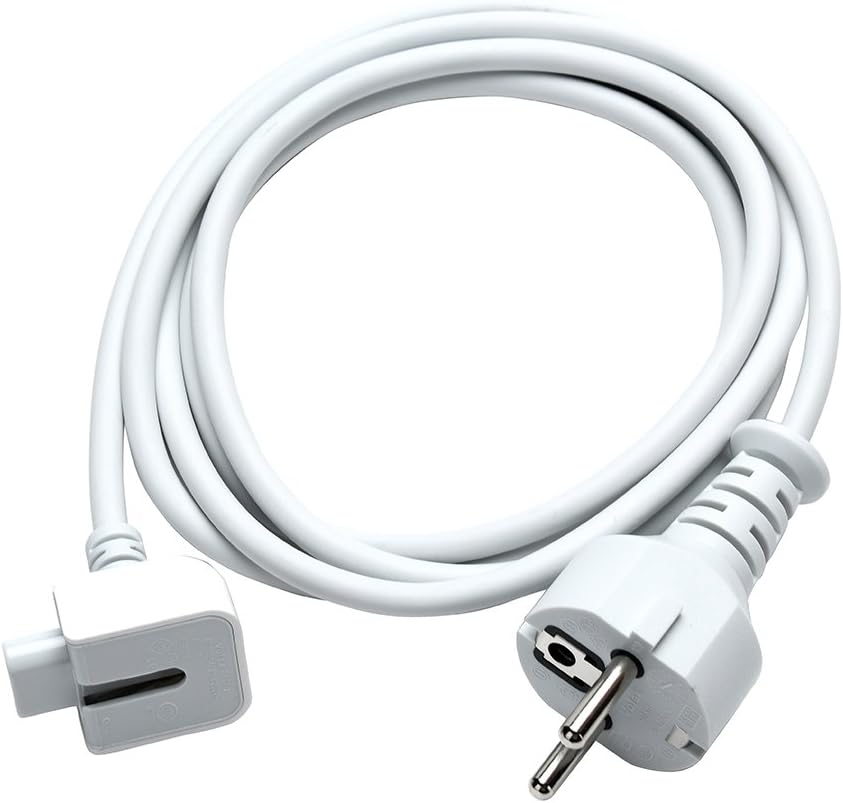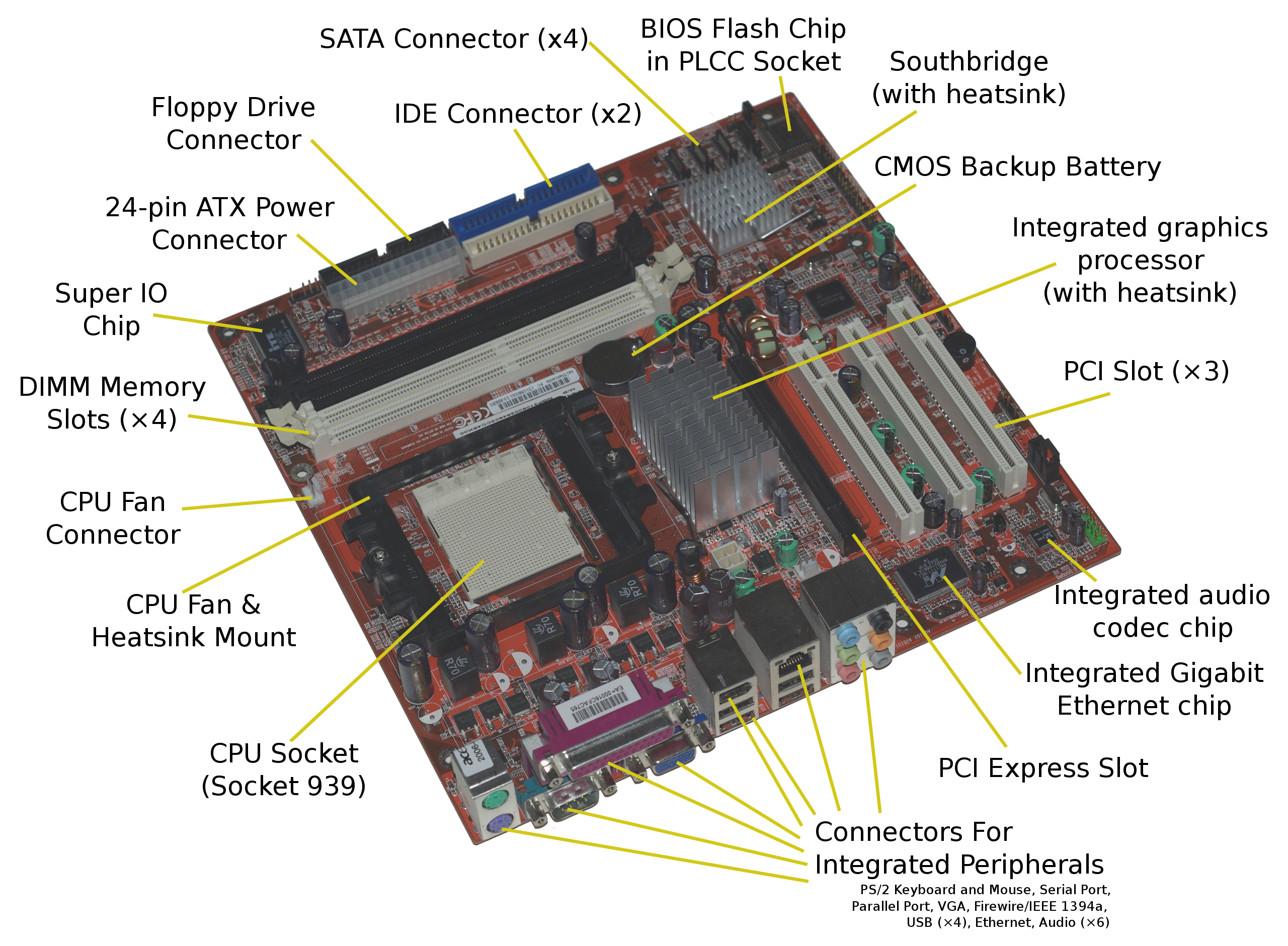Having trouble getting your MacBook Pro to turn on? Here are some quick fixes to try.
Ensure Proper Power Connection

First, check if the MagSafe connector is securely plugged into the MacBook Pro and the power adapter. Make sure the AC power plug is properly connected to a power outlet as well.
If the MagSafe connector is connected properly and the MacBook Pro still doesn’t turn on, try using a different power outlet or testing the outlet with another device. Sometimes the issue may lie with the power supply.
Ensure that the AC adapter is working properly by checking for any signs of damage or overheating. If there are any issues, it may be necessary to replace the adapter.
If you are using a USB hub to connect the power adapter, try plugging it directly into the MacBook Pro instead. Sometimes the hub may not be providing enough power for the laptop to turn on.
Lastly, check the power cable for any signs of damage or wear and tear. If there are any frayed wires or exposed parts, it may be necessary to replace the cable.
Perform a Power Cycle
If the Mac still doesn’t turn on, check the AC adapter connection to ensure it is securely plugged into both the laptop and the power outlet. Try using a different power outlet or power cable to rule out any issues with the current setup.
If the issue persists, it may be worth resetting the System Management Controller (SMC). This can be done by shutting down the MacBook Pro, then pressing Shift + Control + Option + Power button simultaneously for a few seconds.
Boot in Safe Mode
To boot your MacBook Pro in Safe Mode, follow these steps:
First, shut down your Mac completely by pressing and holding the power button until it turns off.
Then, press the power button again to turn on your Mac. Immediately press and hold the Shift key as soon as you see the Apple logo on the screen.
Continue holding the Shift key until you see the login window or the desktop.
In Safe Mode, your Mac will run a diagnostic check on your startup disk and only load necessary system extensions.
Safe Mode can help identify and resolve issues that may be preventing your Mac from turning on normally.
Once you’re done troubleshooting in Safe Mode, restart your Mac to exit Safe Mode and resume normal operation.
If your Mac continues to have issues turning on, consider seeking help from Apple Support or an authorized service provider.
Reset PRAM/NVRAM
To reset the PRAM/NVRAM on your MacBook Pro, start by shutting down your Mac. Once it’s off, press the power button to turn it back on. Immediately press and hold Command + Option + P + R keys simultaneously. Keep holding these keys down for about 20 seconds until you hear the startup sound a second time. This indicates that the PRAM/NVRAM has been reset.
If your Mac still doesn’t turn on after resetting the PRAM/NVRAM, try resetting the SMC (System Management Controller). Shut down your Mac and then press Shift + Control + Option + Power button at the same time. Hold these keys for 10 seconds, then release them and press the power button to turn on your Mac.
If these steps don’t work, it may be a hardware issue and you should contact Apple Support for further assistance.
Reset the SMC
![]()
If your MacBook Pro is not turning on, one quick fix you can try is to reset the System Management Controller (SMC). To do this, first shut down your Mac completely. Then, plug in the power adapter and make sure it’s connected to a power source.
Next, press and hold Shift + Control + Option + Power buttons simultaneously for about 10 seconds. Release all the keys and then press the power button again to turn on your MacBook Pro.
This process should reset the SMC and may help resolve issues with your Mac not turning on. If the problem persists, you may need to seek further assistance from Apple support or a certified technician.
Boot in Recovery Mode
If your Mac doesn’t turn on, you can try to boot it in Recovery Mode to troubleshoot the issue. To do this, press and hold Command + R while your Mac is restarting. This will boot your Mac into Recovery Mode, where you can access tools to diagnose and fix the problem.
In Recovery Mode, you can reinstall macOS, restore from a Time Machine backup, or use Disk Utility to repair your disk. If your Mac is still not turning on after trying these steps, you may need to seek help from an Apple technician.
Make sure to check your power source and connections before attempting to boot in Recovery Mode. Sometimes a faulty power supply or loose connection can prevent your Mac from turning on. If you are using a USB hub or other peripherals, try disconnecting them and plugging directly into a power source.
If you are still having trouble getting your Mac to turn on, it may be a hardware issue that requires professional assistance. Contact Apple Support or visit an Apple Store for further help. Remember to backup your data regularly to prevent data loss in case of a hardware failure.
Reinstall macOS
| Steps to Reinstall macOS |
|---|
| 1. Turn off your MacBook Pro. |
| 2. Press the power button to turn on your MacBook Pro. |
| 3. Press and hold Command + R keys until the Apple logo appears. |
| 4. Select “Reinstall macOS” from the macOS Utilities menu. |
| 5. Follow the on-screen instructions to reinstall macOS on your MacBook Pro. |
FAQ
How do I force my Mac to turn on?
To force your Mac to turn on, you can press and hold the power button until it shuts off, then press the power button again to start it up.
What do I do if my Mac screen is black and wont turn on?
If your Mac screen is black and won’t turn on, try unplugging all devices except the power adapter. Hold down Command and Control keys while pressing the power button to restart. Wait for the battery to reach at least 10% before plugging in external devices and continuing your work.
How do I fix my Mac that won’t wake up?
To fix a Mac that won’t wake up, you can try hard shutting down and restarting your Mac, resetting the SMC, resetting NVRAM, booting your Mac in Safe Mode, or running First Aid in macOS Recovery to check your Mac startup disk.






